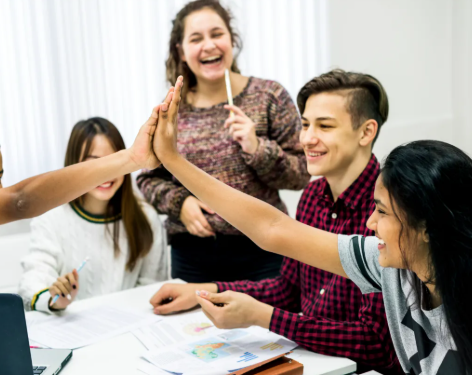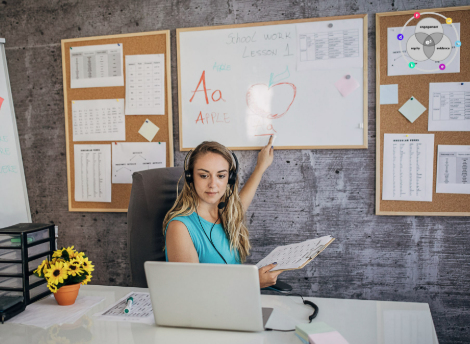Creating effective personalized learning experiences starts with thoughtful lesson design. When educators intentionally structure lessons around student needs, interests, and goals, they open the door to deeper engagement and long-term academic growth. Designing for personalized learning doesn’t mean starting from scratch—it’s about adjusting instruction to make learning more relevant, responsive, and student-driven.
Begin with Clear Learning Objectives
Start each lesson by defining what students should know and be able to do. These objectives provide direction while allowing flexibility in how students reach them. Consider offering multiple pathways to meet these goals, such as written reports, creative presentations, or hands-on projects.
Use Student Data to Inform Planning
Student performance data—such as assessment results, learning preferences, and feedback—can guide lesson design. Group students by readiness levels, adjust pacing, and identify where extra support or challenge is needed. This helps ensure instruction is both targeted and inclusive.
Offer Choice and Voice
Build choice into your lessons by allowing students to select topics, materials, or the format for demonstrating understanding. Incorporating voice means inviting students to co-create parts of the learning process, such as goal setting or creating rubrics. These practices increase ownership and motivation.
Incorporate Flexible Learning Activities
Provide a mix of individual, small group, and whole-class activities to support different learning needs. Offer varied resources (videos, texts, interactive tools) and allow students to work at their own pace when possible. This flexibility ensures all students can engage meaningfully with the content.
Embed Reflection and Feedback
Include time for students to reflect on what they’ve learned and how they’ve learned it. Encourage them to assess their progress, ask questions, and set new goals. Timely teacher feedback, along with peer and self-assessment, supports continuous improvement.
Utilize Technology Thoughtfully
Digital tools can enhance personalized learning when used with purpose. Learning platforms, collaboration apps, and assessment software help manage student progress and offer interactive, differentiated learning experiences.
Conclusion
Designing lessons for personalized learning success involves more than adjusting content—it’s about creating a flexible, inclusive environment where all students can grow. With intentional planning, use of data, and a commitment to student-centered strategies, educators can design lessons that meet learners where they are and help them reach their full potential.














